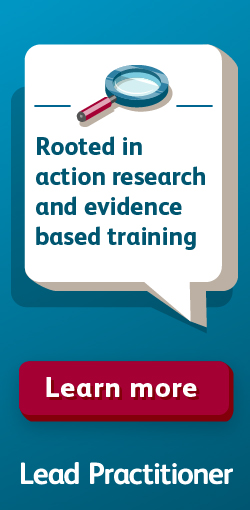
Sylvia King, Senior Education Lead at SSAT, explores the distinctions between these different methods of learning and explains why she agrees with Ofsted’s suggestion that ‘keeping it simple’ can lead to the best outcome
I’m sure that two weeks into another lockdown it feels like balancing face-to-face learning with remote learning is now the norm – it’s been remarkable how quickly staff and students met the challenge, adjusted to it and continued to achieve amazing things.
However, there are some differences to Lockdown 3 that are worth bearing in mind when planning for what might become a relatively long-term way of working.
Remote learning and online learning – not the same thing
The first thing that comes to mind is that there has been a move in language – often ‘remote learning’ is referred to as ‘online learning’. It’s worth reminding ourselves that full online learning is not always possible (or even desirable) in the longer term. In the first lockdown, some schools (many of them independent) were applauded for keeping students occupied for the full school day using Zoom, Teams and other online methods to teach in real-time and this appears to have become the favoured delivery method by the DfE. However, there’s no real evidence to show that this is a more effective approach than the many other successful remote learning approaches that teachers employed across the country as the Education Endowment Foundation report shows. Let’s not forget to make the distinction between remote learning and online learning – they’re not the same thing.
Secondly, remote learning now has a shape of sorts as Gavin Williamson has announced that students are entitled to:
- Key Stage 1: Three hours a day on average across the cohort, with less for younger children
- Key Stage 2: Four hours a day
- Key Stages 3 and 4: Five hours a day
In fact, in the written guidance provided, this is stated twice! There are several references to interactive activities including aspects of attendance, delivery, assessment and feedback which imply that the teacher will be ‘present’. However, it is still remote learning – not necessarily ‘online’. ‘Online’ may be the way it’s accessed by learners, but the teaching and the student work and learning doesn’t have to be! Read the DfE guidance.
So, thirdly, before we all rush to deliver hours of exhausting online, face-to-face teaching, it might be worth revisiting the evidence around remote learning. Ofsted has produced a guide, based on its own research, its interim visits and on existing literature which gives a clear definition of remote learning: “a broad term encompassing any learning that happens outside of the classroom, with the teacher not present in the same location as the pupils”. In other words, it doesn’t have to be face to face with the teacher. The guide demonstrates that, as with all teaching, there is a vast array of ways in which teachers can deliver and students can access the curriculum effectively. And since Ofsted are responsible for monitoring delivery of remote education, this guide is timely and sensible.
Remote learning for the disadvantaged
Despite the government’s repeated promises to ensure that students have an equality of opportunity in terms of access to technology, we know that the playing field is far from level. Access to devices, WiFi access and resources vary widely, and the most disadvantaged are likely to be disadvantaged further by an over-reliance on online, real-time engagement. Furthermore, remote teaching for students with SEND presents different challenges to accessing remote learning which the DfE acknowledges by stating that they “may not be able to access remote education without adult support and so expect schools to work with families to deliver an ambitious curriculum appropriate for their level of need”. A particular issue for special schools but pertinent to all.
As they plan the delivery for their schools, headteachers will be all too aware that they have a difficult balancing act here. They must try to ensure that all students have fair and equal access to a balanced curriculum that allows them to thrive in spite of a pandemic and ensure that the wellbeing of their staff is protected. Ofsted suggests that the best results are achieved when schools “Stick to the basics” and “keep it simple” – for once I’m inclined to agree with them.
Share your experiences on remote learning with the SSAT network
At SSAT, we are interested in hearing how your school is tackling balancing remote and face-to-face learning and are keen to have your thoughts on the following questions:
- How is your school organising remote learning?
- What is working well?
- What is the main challenge to delivery that you are finding?
- How are your students responding to remote learning?
- What feedback have you had from parents?
- If you were giving one piece of advice to other school leaders on remote learning, what would it be?
To get involved and share your thoughts, get in touch with your Relationship Manager or comment below.

